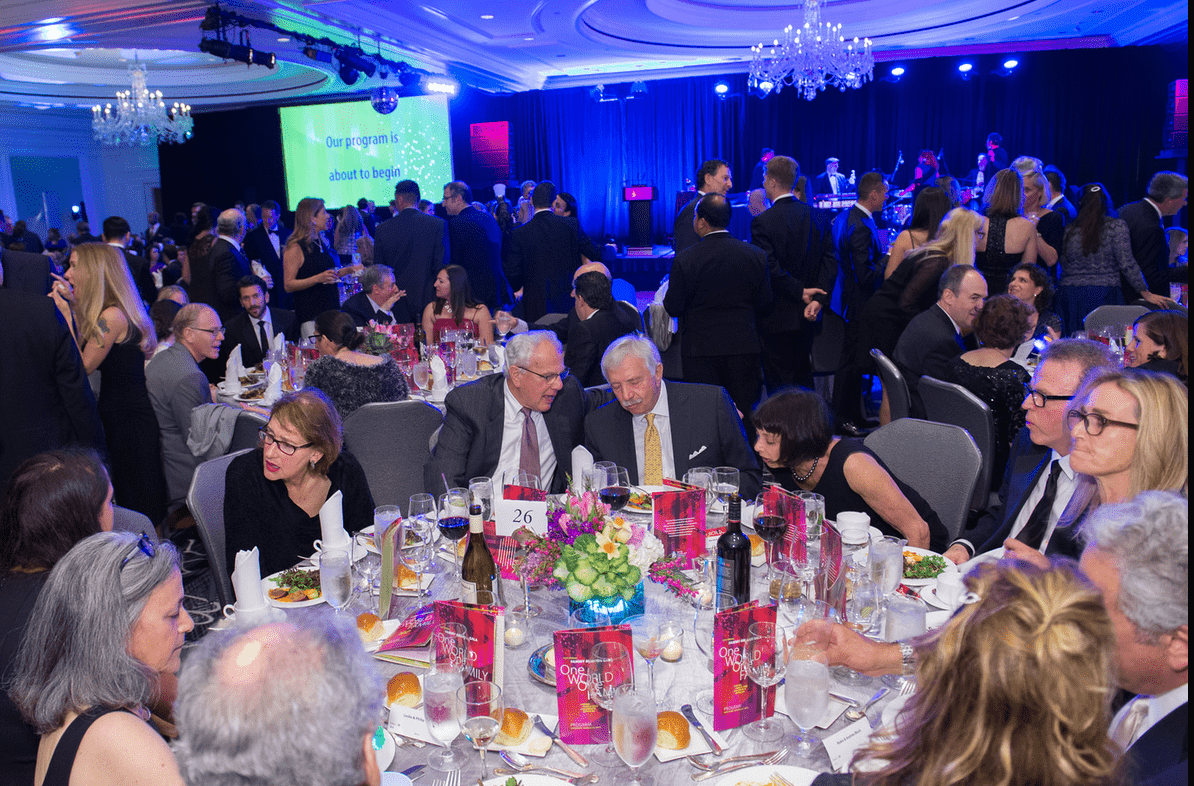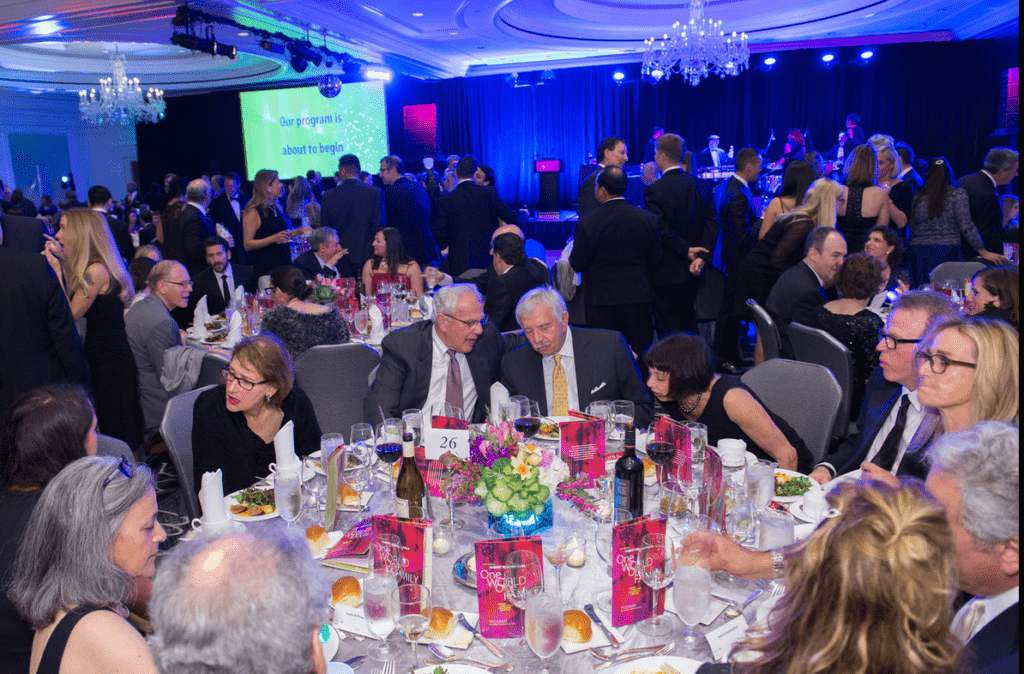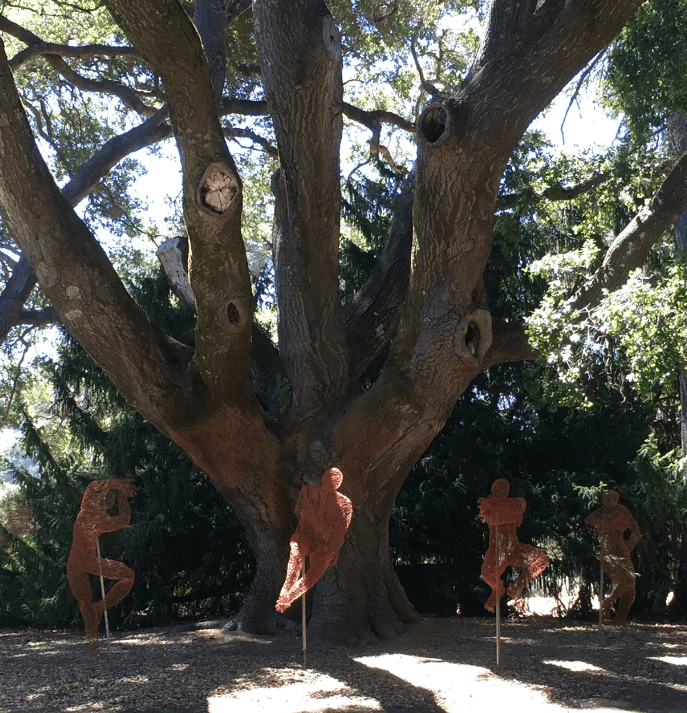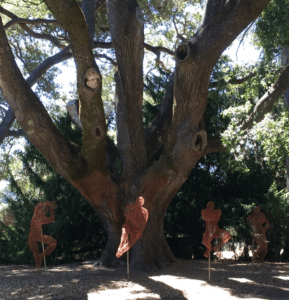So, Your Nonprofit Donor Wants to Give Cryptocurrency?

In Part 1 of this two-part series, I discussed cryptocurrency philanthropy basics.
Let’s say you’re intrigued, and want to dip your toes in the water?
How to Accept Crypto?
There is more than one way. These are listed in order of easiest to greatest need for tech and finance savvy.
- Donor advised funds and giving wallets. These are now being set up to accept cryptocurrency. If nothing else, you can alert supporters that if they have a DAF they can funnel crypto to you that way. Also, every.org and givewell are crypto wallets that act similarly to a DAF by accepting gifts from donors, then granting your nonprofit cash without you ever having to take custody of the asset. You never have to worry about accounting and legal concerns of accepting crypto.
- Software as a Service (SaaS solution) donor management platform. Organizations such as The Giving Block, engiven, Crypto for Charity by Freewill and Charitable Solutions, LLC are already set up to accept cryptocurrency on behalf of your organization (the list keeps growing). These dedicate crypto NGOs will sell the asset and transfer the proceeds to you. You can put a widget/button on your website to facilitate this. Crypto goes directly into exchange and is immediately traded for dollars (there is a small fee; around 1%). This is safe, secure and simple as generally the asset will be immediately liquidated (within milliseconds), which is super important with highly volatile assets like crypto. This protects you from a donor asking what you did with their $100,000, and you having to tell them you only realized $50,000 because you delayed a day to sell it.
- External custody. Behind the scenes, all platforms use a cryptocurrency brokerage or exchange. Three reputable ones are Coinbase Commerce, Kraken and Gemini. They typically charge 35 – 50 basis points per transaction. No donation processing or receipting is available. Nonprofits with expertise in asset management, trading and technology may consider building their own donation widget using these services. Be aware it can take many months to establish an account. Plus, you also need an “Alternative Asset Management Policy” [fold in crypto to your Gift Acceptance Policy; run this by your professional advisors and finance committee] to shield leadership.
- Self-custody. This is not for everyone and requires a hardware USB device that can be plugged into the computer when someone wants to make a transaction. They’re cold storage, kept off the internet, and highly secure. The downside is it requires a very savvy staff person and high security around custody. Plus it’s tricky to liquidate when you hold it in your hardware wallet. Some donors giving these digital assets like to see nonprofits holding those gifts as crypto, as part of an effort to see crypto go mainstream. If you have the ability to be strategic with investments, for example by building a reserve, you might consider holding onto crypto in its native form. UNICEF, for example, can receive, hold, and disburse cryptocurrency with its UNICEF CryptoFund. Again, you’ll want an “Alternative Asset Management Policy” to guide when you’ll sell.


 The modern model is more like a vortex — an energized circle where everyone is equal. People move in and out as needed, and your job is to keep the energy flowing.
The modern model is more like a vortex — an energized circle where everyone is equal. People move in and out as needed, and your job is to keep the energy flowing.

 Giving is an emotional experience. It deserves an emotional response.
Giving is an emotional experience. It deserves an emotional response.

 Early in my career I received a piece of fundraising advice that has stuck with me to this day:
Early in my career I received a piece of fundraising advice that has stuck with me to this day:
 If you’re like me, chances are every other email in your inbox has something referencing coronavirus. You can’t ignore it, avoid it or wish it away.
If you’re like me, chances are every other email in your inbox has something referencing coronavirus. You can’t ignore it, avoid it or wish it away.
 Connection is essential, especially during challenging times. When the going gets tough, we yearn to commune with people who will support us… teach us… commiserate with us… empathize with us… calm us… distract us… … entertain us… enable us to support them… and more.
Connection is essential, especially during challenging times. When the going gets tough, we yearn to commune with people who will support us… teach us… commiserate with us… empathize with us… calm us… distract us… … entertain us… enable us to support them… and more.